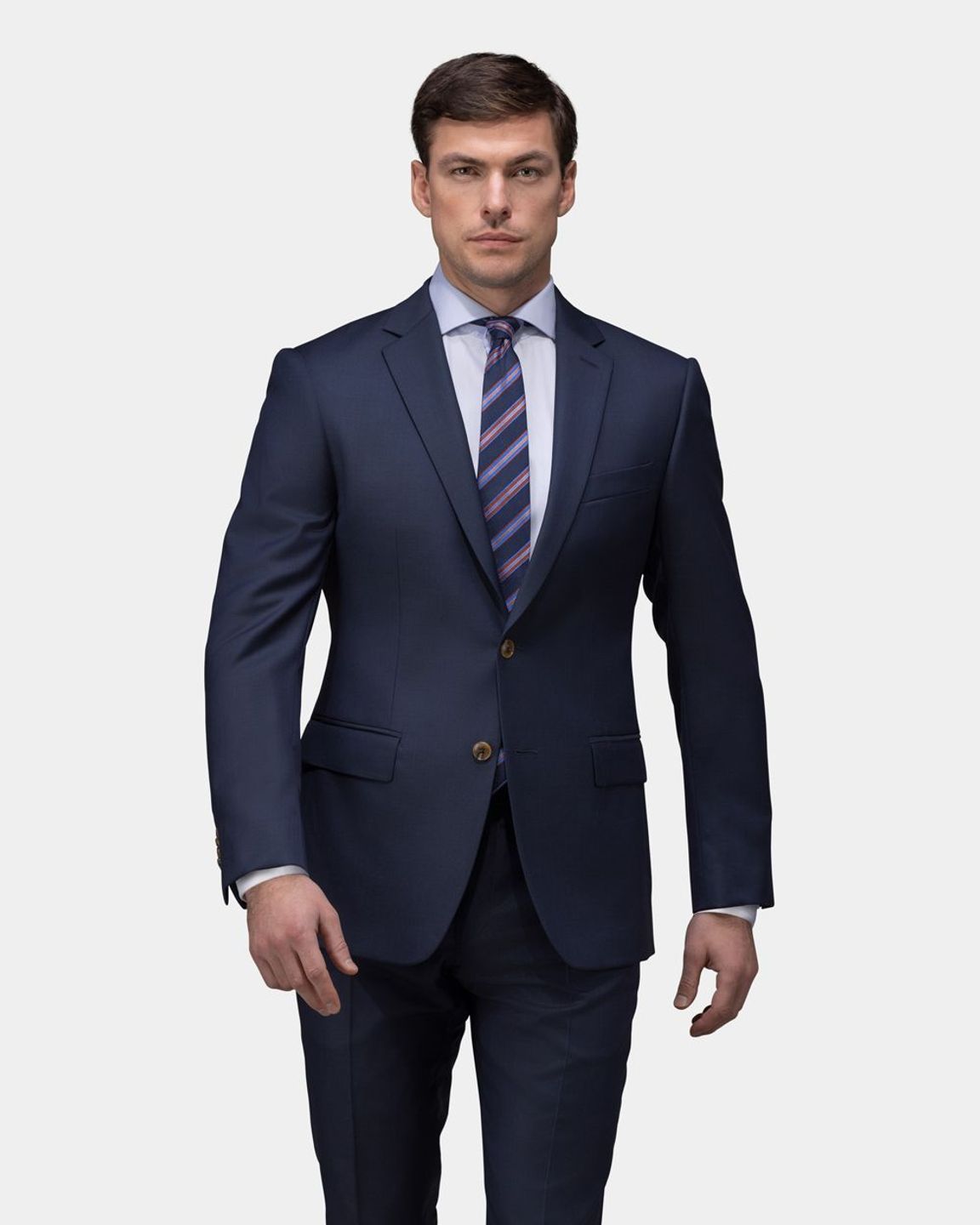Tailor Tuxedos Perth: Custom Tuxedos for Unique Occasions
Tailor Tuxedos Perth: Custom Tuxedos for Unique Occasions
Blog Article
Understanding the Tailoring Refine: From Fabric Option to Last Fitting for the Suitable Wardrobe
The tailoring process is a complicated interplay of art and scientific research, beginning with the essential choice of fabric selection and culminating in the exact changes of last installations. Each fabric type brings one-of-a-kind qualities that influence not only the visual allure but additionally the garment's durability and viability for various celebrations.
Importance of Fabric Choice
Picking the best material is important in the tailoring process, as it directly affects the convenience, sturdiness, and overall visual of the final garment. The selection of fabric establishes the foundation for the garment's performance, functionality, and style. Various fabrics have one-of-a-kind homes, such as breathability, stretch, and weight, which can considerably affect just how the garment drapes and fits the body.

A customized item made from a proper fabric not just showcases craftsmanship but also elevates the user's self-confidence. Consequently, comprehending the nuances of material selection is paramount for any customizing undertaking. It ensures that the end product not only fulfills the aesthetic wishes of the client but also lines up with practical needs, consequently accomplishing an unified equilibrium in between kind and function in the tailored closet.
Kinds Of Fabrics and Their Uses
Recognizing the numerous types of textiles readily available is crucial for making notified decisions throughout the tailoring process. Each material possesses one-of-a-kind characteristics that dictate its suitability for particular garments and celebrations.
Its convenience permits it to be tailored right into every little thing from t shirts to gowns. Its natural elasticity aids garments keep form over time.
Silk exhibits deluxe and is light-weight, making it perfect for eveningwear and fragile shirts; nevertheless, it needs careful handling due to its delicacy. Linen, with its textured coating, is a prominent choice for cozy climates, providing a crisp and ventilated feel, but it wrinkles conveniently, which may influence the garment's look.
Synthetic materials, such as polyester and nylon, deal durability and resistance to wrinkles, making them ideal for daily wear and energetic apparel. Comprehending these material types and their properties permits much better decision-making, making certain that each tailored item not just fits well however also lines up with the desired purpose and event.
The Tailoring Strategies Clarified
The art of tailoring counts on a range of strategies that change textile right into well-fitted garments. Central to this procedure is pattern composing, where a tailor develops templates based on the customer's dimensions and preferred style. This initial action ensures that the garment will fit the wearer effectively before any kind of reducing takes place.
When patterns are established, cutting strategies come into play. Precision is vital as inaccuracies can bring next about misfitting garments. Tailors usually use different reducing methods, such as single-layer reducing for elaborate layouts and multiple-layer reducing for effectiveness on basic patterns.
Basting is an additional vital method, allowing dressmakers to temporarily sew fabric assemble for a preliminary fitting (tailored suits perth). This approach offers the chance to analyze the drape and general shape prior to final stitching
Seaming methods, including flat-felled seams and French seams, boost the garment's resilience and aesthetic allure. Tailors also utilize Get the facts strategies such as interfacing and cushioning to supply structure and shape to details areas, like collars and shoulders.
Last but not least, finishing methods, consisting of hemming and edge finishing, make certain the garment's durability while providing a sleek look. With each other, these techniques develop the foundation of effective customizing, resulting in elegant, custom-fit clothing.

Fitting Changes and Considerations
After the preliminary customizing methods have actually been used and the garment is built, suitable adjustments end up being vital to attaining the best fit. These adjustments resolve numerous facets of the garment, guaranteeing it contours to the wearer's physique and enhances general appearance.

The surge of pants is one more vital factor; it must rest comfortably over the hips without triggering pain, permitting ease of movement. Hemming sizes for both pants and skirts should mirror the wearer's favored style while respecting proportions.
Additionally, interest should be given to the back of the garment, great post to read guaranteeing that there are no unpleasant pulls or excess fabric - wedding suits perth. Each modification should be diligently considered, as even minor changes can significantly impact the overall fit and aesthetic of the customized item, inevitably leading to a closet that exhibits self-confidence and sophistication
Keeping Your Tailored Clothing
Proper maintenance of tailored garments is vital to protecting their fit and appearance with time. To guarantee durability, routine cleaning is paramount. Constantly comply with the treatment label directions, which might advise dry cleansing for delicate fabrics or maker cleaning for even more durable products. Avoid regular laundering, as this can put on down the textile and modify the garment's shape.
Storage space is equally essential; use padded hangers for jackets and coats to maintain shoulder framework, and store pants folded up neatly or hung to avoid creasing. Secure garments from straight sunshine, which can discolor shades and damage fibers.
Furthermore, routine examinations for minor fixings can prevent larger issues. Look for loose buttons, fraying joints, or indicators of moth damage, attending to these problems without delay to keep the garment's stability.
Lastly, think about seasonal turning. Using customized pieces in moderation allows fabrics to recover, extending their life expectancy. By executing these upkeep methods, you can make certain that your customized garments continue to be as immaculate as the day you initially used them, improving your perfect wardrobe for years to find.
Conclusion
The customizing procedure, including material option, skilled strategies, and specific suitable modifications, plays an essential duty in developing garments that enhance both convenience and design. Each stage adds to the general effectiveness of the final item, making certain that garments not just fits well but additionally reflects private identification. Furthermore, comprehending the importance of maintenance prolongs the life of customized garments, solidifying their value in a well-curated closet. An extensive technique to tailoring finishes in a polished and certain appearance.
Report this page